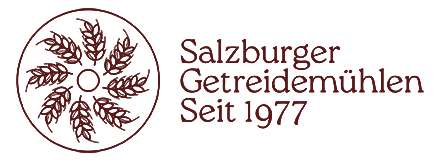Today, when we buy a loaf of bread at the bakery, in a bakery store or in the supermarket, we often don’t really know what’s in it. Currently, a fairly large amount of baking aids is allowed, which is specified in the EU Regulation No. 1129/2011.
Did you know that …

Pretty scary what baking aids are all about, isn’t it? Therefore we can only recommend you to grind your own flour with a
Salzburg flour mill
freshly grind your own flour and bake your bread from it. You’ll definitely know what’s in it and it will taste great too!
Have a great day and see you soon!
If you liked that post, you might also like this one: How can you recognize an organic food? >>
Sources
Münzing-Ruef, I. (2000): Course book healthy nutrition. The kitchen as a pharmacy of nature. Munich: Zabert Sandmann GmbH, p. 304
EU Regulation No. 1129/2011 https://eur-lex.europa.eu/legal-content/DE/TXT/PDF/?uri=CELEX:32011R1129&from=EN
Address:
Gasteigweg 25,
5400 Hallein
Austria
Opening hours:
Monday to Thursday: 09 – 16:00
Friday: 09 – 12:00
Contact:
Phone: +43 6245 83282
E-mail: info@agrisan.at
Address:
Gasteigweg 25,
5400 Hallein
Austria
Opening hours:
Monday to Thursday: 09 – 16:00
Friday: 09 – 12:00
Contact:
Phone: +43 6245 83282
E-mail: info@agrisan.at

